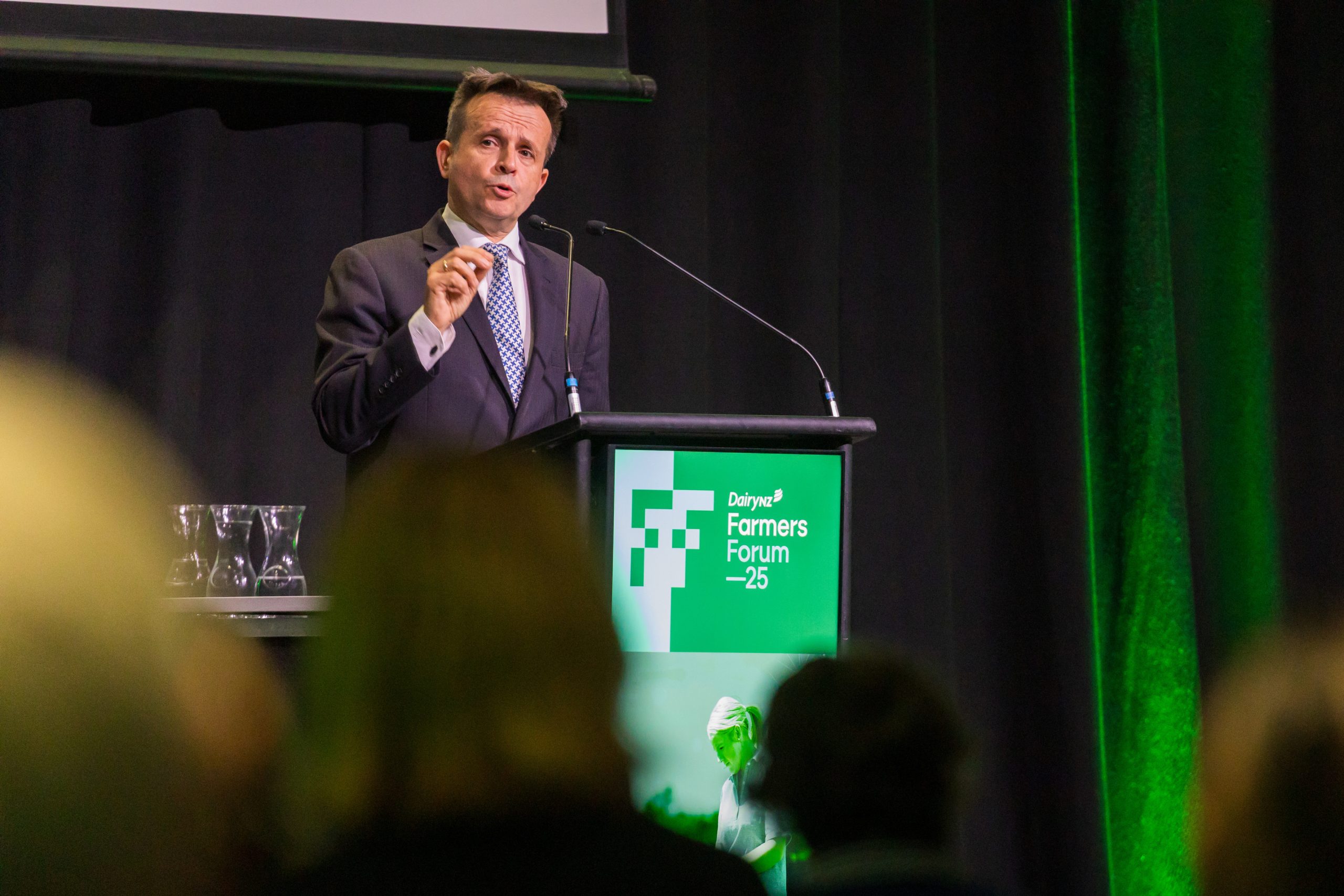Words by Anne Lee
Farmers shouldn’t find Fonterra’s new Co-operative Difference payment creates a lot of extra compliance effort, Farm Source group director Richard Allen says.
“There will be some additional compliance steps – you can’t get around that – but we’ve put a lot of effort into making sure we utilise existing data and existing processes. “Farmers will find they’re already doing a number of the requirements and this just formalises it,” Richard says.
The payment programme will allow farmers who achieve the standards under the four pillars – co-operative and prosperity, environment, animals, and people and community – to achieve a 7cents/kg milksolids (MS) premium payment.
The payment is made in October with other retrospective payments and relates to the previous season.
An additional 3c/kg MS will be paid for milk that meets the Excellence standard under a milk quality pillar.
The total amount of money available for milk prices will remain the same for the co-operative and the average payout determined as normal. However, those meeting the Co-operative Difference
requirements will receive 10c/kg MS above the average.
That means some farmers will receive less than the average.
Richard says that as more farmers reach the standard it’s likely some of those standards will change.
“We’ll continue to use this as a way to signal to our farmers what the market is requiring but we won’t be using it to create change for changes sake and we’re not going to be altering the parameters to try and achieve an arbitrary 50% pass or failure rate.”
The standards will be assessed at the annual farm dairy assessments carried out by QCONZ and farmers will need to show evidence they’ve met requirements by producing things like the animal wellbeing plan required under the animals pillar.
It must be developed with a vet and cover insurance, as a minimum: nutrition strategies to ensure animals reach body condition targets; strategies to manage mastitis; minimising antimicrobial resistance; lameness and mortality; planning for extreme weather events and how genetics is being used.
“The framework isn’t overly prescriptive and farmers will develop plans with their vets that are relevant to their own situation.
“Some of these things such as planning for an extreme weather event might not have been included in an animal health plan before but they’re an example of where we see them heading from our customer signals.”
Under the environment pillar farms will require a farm environment plan aimed at achieving the plan’s goals by 2025.
Richard says about 47% of Fonterra suppliers are predicted to have a farm environment plan by the end of this season.
“Farmers who have signed up to have one done by Fonterra and are on the waiting list with us will still be eligible for the Co-operative Difference Payment while we work through the backlog,” he says.
Achievement under the environment pillar will also require three out of four of the following practices to be carried out:
- The farms purchased nitrogen surplus is at or lower than the target which for the 2021/2022 season is 138 kgN/ha. This will be updated early in each new season.
- All onfarm plastics and unused agrichemicals are managed through an approved product stewardship scheme such as AgRecovery or Plasback.
- There is no discharge of dairy shed effluent to water.
- 80% farmgrown feed across the season.
The target purchased nitrogen surplus figure is set at the 75th percentile for all Fonterra suppliers meaning 75% of farmers would achieve the target based on the information supplied in the farm dairy records.
“That’s not to say 75% will automatically achieve it in the coming year or that the 25% sitting above that last season can’t take actions to bring it down during the season.”
Richard says having verifiable standards are as much about protecting relationships with existing customers as they are about extracting value out of the market.
New Zealand dairy is natural, environmentally sustainable and carbon efficient but markets want evidence of what farmers are doing to keep the sector that way.
Rewarding or incentivising farmers to go the extra mile is something farmers have said they want but it doesn’t come without some level of effort.
Fonterra is already going into the market and extracting extra value for specific milk streams such as A2 with about 60 farmers contracted to supply milk to be processed into A2 products for that company.
They receive a 17c/kg MS premium from the A2 Milk Company directly.
About 80 certified organic suppliers last year earned $10.19/kg MS for their milk – well above the milk price for the rest of the co-operative’s suppliers.
“We do extract value out of the market because of the way we farm here in New Zealand – you can see that in the GlobalDairyTrade auctions but we do need to protect that.”
It also returns value for consumer goods and value add products through the dividend.






